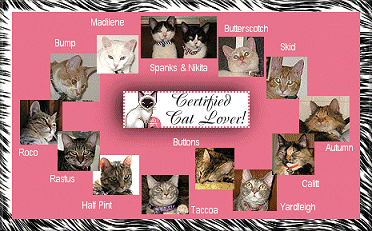Howdy all! A friend of mine just took some photos of a beautiful fox here in Prudhoe Bay, Alaska. I thought I'd share them with you. I've seen hundreds of Arctic Fox up here. They are usually brown in the summer and snow white in the winter. But, I've never seen a gorgeous red fox up here before. Brrrrr, he looks cold -- but he must be finding food somehow. Enjoy!
Lisa
Update: Added a screen shot to show current Prudhoe Bay temperatures. With the wind chill, it's currently -54.8 F. No wonder his coat is so thick! Sure glad I have an inside job!






 Reply With Quote
Reply With Quote
 That Fox is adorable & love the coat.. Wow it also looks very cold there..
That Fox is adorable & love the coat.. Wow it also looks very cold there..

 LOL, but I know it was a fox...and that was the only time I've seen one in the wild.
LOL, but I know it was a fox...and that was the only time I've seen one in the wild.









Bookmarks